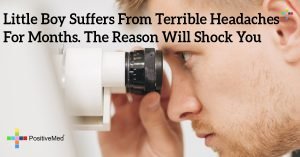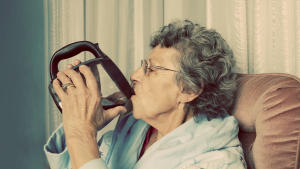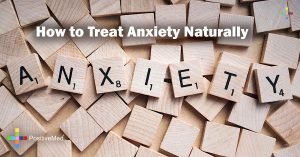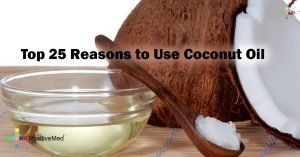
First of all, take a deep breath. Studies show up to 80% of all breast lumps are harmless, though it is still imperative to be tested as soon as a lump appears.
Fortunately, that’s a lot easier now, thanks to advances in diagnostics — a variety of options that pull together not only the specifics of the breast lump, but also look to your personal and family history, age, even the results of a previous mammogram, to ensure one has the quickest and most accurate diagnosis possible.
The medical field, particularly with breast diagnostics, is the trend towards individualized care. There is a lessening of the “one size fits all” ideal. Diagnosing and treating breast abnormalities are different for everyone.
Advances in diagnostics include new uses for ultrasound, the advent of digital mammography, the increased use of magnetic resonance imaging (MRI), and the development of newer and more complete biopsy techniques. Experts say these methods are allowing doctors to get better at reducing patient anxiety and the need for unnecessary surgery — while helping to find and eliminate more breast cancers than ever.
A breast is made up of a lot of tissues which are interconnected to each other. Inside the fatty tissues of the breast are milk ducts and milk glands. These increase or decrease, as and when they are required, breast lumps can form in any of these tissues. Some breast lumps may cause breast pain, while others may not.

Here are some options what that pesky little lump could be:
Physiological Changes: Many hormonal changes take place during menstruation in a woman. Breast lumps can be the result of such hormonal changes. This kind of lump is temporary but may be painful. It disappears once the menstruation cycle is over only to reappear before the next cycle.

Breast Cyst: Women who have crossed 40 years of age are susceptible to cysts in breasts. These cysts have nothing to do with the menstruation cycle. These kinds of cysts appear less frequently, but are somewhat cyclic in nature and are one of the causes. Such a lump hurts, and needs to be treated, though it is not cancerous.
Mastitis: Mastitis is a type of breast infection of the breast tissue, which happens mainly due to breastfeeding. This infection can lead to a breast lump with painful inflammation in the breast and increases the temperature of the breast. You may feel pain in left breast due to mastitis. This infection is caused due to bacterial infestation and needs to be treated. However, this lump is also not cancerous.

Breast Cancer: Breast cancer is the most dangerous cause of lump in breasts. The lump formed, when a person suffers from breast cancer, is a malignant lump which means it is harmful. Breast cancer may develop due to certain changes in the DNA of the person during the course of her life. DNA is responsible for more than our looks and behavior. There are chemicals in DNA that control the reproduction and the division of the cells in our body. When there are changes in the DNA, the control that it has on the cells might get mutated and this, in turn, may cause cancer. Fibroid breast tumors are also other forms of breast cancer that we need to be aware of. These lumps are potentially dangerous and need to be treated in time to avoid further complications.
Breast Cancer Index; Cancer (dot) org
What You Must Know If You Find A Lump In Your Breast; Health (dot) com
If A Breast Lump is Painful, Is it Not Cancer?; Dana-Farber Institute





